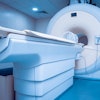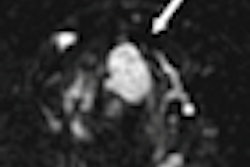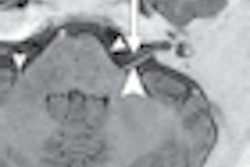Tuesday, November 27 | 3:00 p.m.-3:10 p.m. | SSJ01-01 | Arie Crown Theater
Automated breast ultrasound (ABUS) could prove helpful for evaluating additional suspicious lesions identified by breast MRI, and it's faster and more cost-effective than handheld second-look ultrasound, according to a study that will be presented on Tuesday afternoon.Researchers from Asan Medical Center in Seoul, South Korea, evaluated 58 consecutive patients with breast cancer over a five-month period; each of the women had additional suspicious lesions detected on breast MRI. All patients had both a handheld second-look ultrasound scan and an automated breast ultrasound exam.
For the study, three breast radiologists assessed the detectability, location, characteristics, and conspicuity of each lesion on ABUS. The team also evaluated interobserver variability and compared it with the results of handheld second-look ultrasound.
The radiologists found 80 additional suspicious lesions that had been identified by breast MRI. Among these, 15 lesions (19%) were not detected on handheld second-look ultrasound. Among 65 lesions detected on second-look ultrasound, only three (4%) were not detected on automated breast ultrasound.
The results suggest that ABUS can reliably detect additional suspicious lesions that have been identified on breast MRI, and that it carries the added benefits of being a faster and less costly procedure than handheld second-look ultrasound, according to corresponding author Dr. Hee Jung Shin.




.fFmgij6Hin.png?auto=compress%2Cformat&fit=crop&h=100&q=70&w=100)




.fFmgij6Hin.png?auto=compress%2Cformat&fit=crop&h=167&q=70&w=250)











